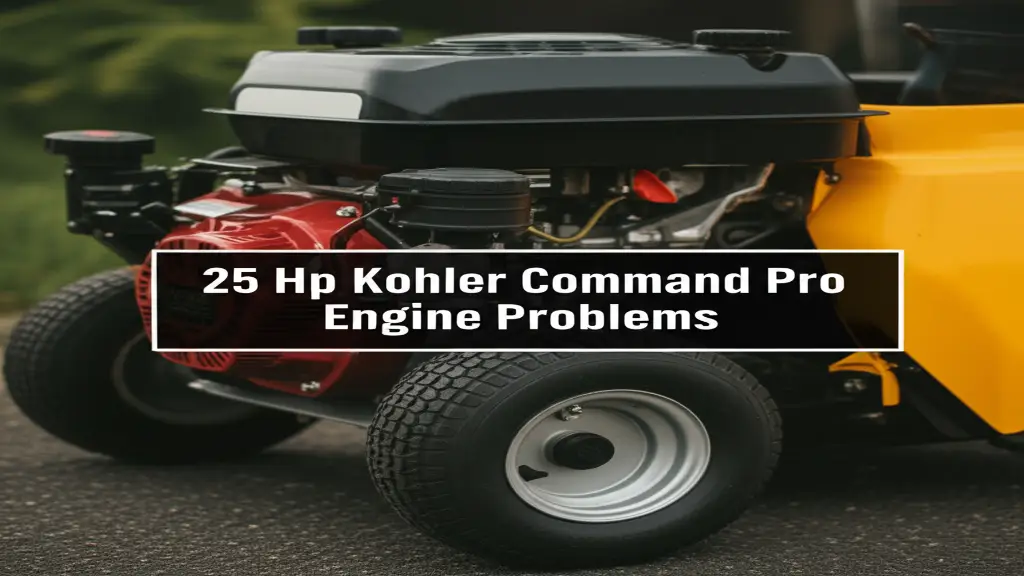· Lawn & Garden · 7 min read
6.75 Briggs And Stratton Motor Wont Start

Why Won’t My 675 Briggs & Stratton Motor Start?
It’s incredibly frustrating when your Briggs & Stratton 675 engine won’t start. This is a common issue with small engines, and thankfully, many of the causes are easily fixable. This article will walk you through the most likely reasons why your 675 Briggs & Stratton motor won’t start, providing a step-by-step guide to get it running again. We’ll cover everything from simple checks like fuel levels to more involved troubleshooting like carburetor cleaning. Let’s get your engine roaring again!
Takeaway:
- Check the fuel level and ensure the fuel is fresh.
- Inspect the spark plug for fouling or damage.
- Clean or replace the air filter.
- Verify the carburetor is not clogged.
- Confirm the safety switches are functioning correctly.
Quick Answer: A Briggs & Stratton 675 engine failing to start often stems from fuel issues (old gas, clogged carburetor), a faulty spark plug, or a dirty air filter. Checking these components first can quickly resolve the problem.
1. Fuel System Issues: The Most Common Culprit
Often, a Briggs & Stratton 675 engine won’t start because of problems within the fuel system. Old or stale gasoline is a frequent offender, as it can degrade and clog the carburetor. Always use fresh gasoline, ideally within 30 days, and consider adding a fuel stabilizer if the engine will be stored for longer periods. A clogged fuel filter can also restrict fuel flow, preventing the engine from starting.
Checking the Fuel
- Fuel Level: Ensure there’s enough gasoline in the tank. It sounds simple, but it’s easily overlooked!
- Fuel Quality: Smell the fuel. If it smells stale or varnish-like, it’s likely bad and needs to be drained.
- Fuel Filter: Locate the fuel filter (usually in the fuel line) and inspect it for debris. Replace it if it appears clogged. You can find replacement filters at most hardware stores.
- Fuel Line: Check the fuel line for kinks or cracks that could restrict fuel flow.
If you suspect a clogged carburetor, you might need to clean it. Learning how to clean a Briggs and Stratton carburetor can save you a service call.
2. Spark Plug Problems: No Spark, No Start
A faulty spark plug is another common reason a 675 Briggs & Stratton motor won’t start. The spark plug ignites the air-fuel mixture, and without a strong spark, the engine won’t fire. The spark plug can become fouled with carbon buildup, cracked, or simply worn out over time.
Inspecting and Testing the Spark Plug
- Remove the Spark Plug: Carefully disconnect the spark plug wire and remove the spark plug using a spark plug wrench.
- Visual Inspection: Look for signs of fouling (black, oily residue), cracks in the porcelain, or electrode wear.
- Spark Test: Reconnect the spark plug wire to the spark plug. Ground the spark plug body against the engine block and pull the starter cord. You should see a bright blue spark. If the spark is weak or nonexistent, replace the spark plug.
- Gap Check: Use a spark plug gap tool to ensure the gap between the electrodes is correct (refer to your engine’s manual for the correct gap).
Replacing a spark plug is a simple and inexpensive fix. If you’re still having trouble, consider checking the ignition coil.
3. Air Filter Issues: Restricting Airflow
The air filter prevents dirt and debris from entering the engine. A dirty or clogged air filter restricts airflow, creating a rich fuel mixture that can prevent the engine from starting. Regularly cleaning or replacing the air filter is crucial for engine performance.
Checking and Cleaning the Air Filter
- Locate the Air Filter: The air filter is usually housed in a plastic or metal enclosure.
- Inspect the Air Filter: Remove the air filter and examine it for dirt, dust, and debris.
- Cleaning (Foam Filters): If it’s a foam filter, wash it in warm, soapy water, rinse thoroughly, and allow it to dry completely before re-oiling it with air filter oil.
- Replacement (Paper Filters): If it’s a paper filter, tap it gently to remove loose debris. If it’s heavily soiled, replace it.
A clean air filter ensures proper airflow and optimal engine performance. Don’t underestimate the impact of a simple air filter!
4. Carburetor Issues: A More Complex Problem
If the fuel is good, the spark plug is working, and the air filter is clean, the carburetor might be the issue. The carburetor mixes air and fuel, and if it’s clogged with varnish or debris, it can prevent the engine from starting. This is a common problem, especially if the engine has been sitting unused for a long time.
Addressing Carburetor Problems
- Carburetor Cleaner: Try spraying carburetor cleaner into the carburetor throat while attempting to start the engine. This might dissolve some of the blockage.
- Carburetor Disassembly and Cleaning: If carburetor cleaner doesn’t work, you may need to disassemble the carburetor and clean it thoroughly. This is a more involved process, but it can often resolve the issue. Refer to your engine’s service manual for detailed instructions.
- Professional Help: If you’re not comfortable disassembling the carburetor, consider taking it to a qualified small engine mechanic.
Sometimes, a carburetor rebuild kit is the best solution for a severely clogged or damaged carburetor. If you’re experiencing issues with a V-Twin engine, you might also want to check for issues like a Briggs and Stratton V-Twin running on one cylinder.
5. Safety Switch Issues: Preventing Accidental Starts
Briggs & Stratton engines are equipped with safety switches that prevent the engine from starting under certain conditions. These switches include the operator presence switch (on riding mowers) and the low-oil shutdown switch. If a safety switch is faulty, it can prevent the engine from starting even if everything else is working correctly.
Checking the Safety Switches
- Operator Presence Switch: Ensure the operator is in the seat (for riding mowers) and that the switch is functioning correctly.
- Low-Oil Shutdown Switch: Check the oil level. If the oil level is low, the switch will prevent the engine from starting. Add oil if necessary.
- Wiring: Inspect the wiring to the safety switches for damage or loose connections.
6. Compression Issues: A Serious Problem
While less common, low compression can also prevent a 675 Briggs & Stratton motor from starting. Compression is essential for igniting the air-fuel mixture. Low compression can be caused by worn piston rings, a damaged cylinder, or a leaky valve.
Checking Compression (Requires Tools)
Checking compression requires a compression tester. If you suspect low compression, it’s best to consult a qualified small engine mechanic. This is a more complex repair that often requires specialized tools and knowledge.
FAQ: Common Questions About Briggs & Stratton 675 Starting Issues
Q: Why won’t my Briggs & Stratton engine start after sitting for a long time? A: Old fuel is the most likely culprit. Gasoline degrades over time, leaving varnish deposits that clog the carburetor. Drain the old fuel, replace the fuel filter, and consider cleaning the carburetor. You might also want to check out why won’t my lawn mower start after winter.
Q: What does it mean if my Briggs & Stratton engine turns over but won’t start? A: This usually indicates a fuel or spark issue. Check the spark plug, fuel level, and carburetor for problems.
Q: How often should I change the spark plug on my Briggs & Stratton 675 engine? A: Generally, you should replace the spark plug every 100 hours of operation or annually, whichever comes first.
Q: Can I use ethanol-free gasoline in my Briggs & Stratton engine? A: Yes, ethanol-free gasoline is preferred, especially for engines that are not used frequently. Ethanol can attract moisture and cause fuel system problems.
Conclusion
Getting your 675 Briggs & Stratton motor started again doesn’t have to be a daunting task. By systematically checking the fuel system, spark plug, air filter, and safety switches, you can often diagnose and fix the problem yourself. Remember to always prioritize safety and consult a qualified mechanic if you’re unsure about any repair. A little troubleshooting can save you time and money, and get you back to enjoying your equipment. Don’t give up – with a little effort, you can get your Briggs & Stratton 675 engine running smoothly again!
- Briggs and Stratton
- Small Engine Repair
- Lawn Mower Repair


